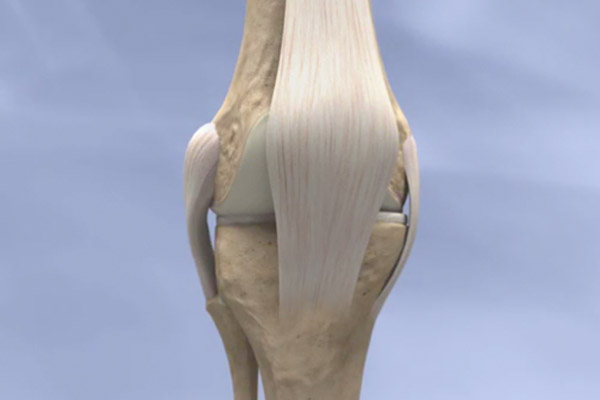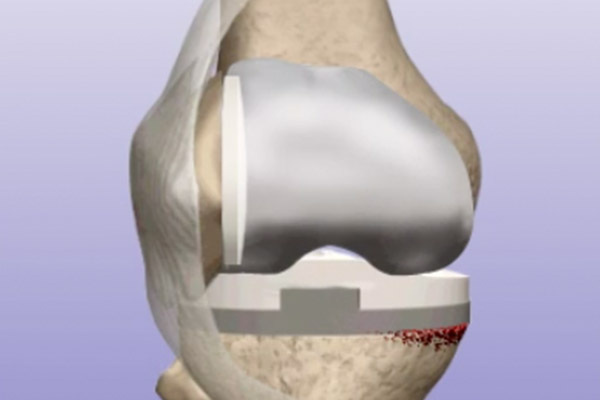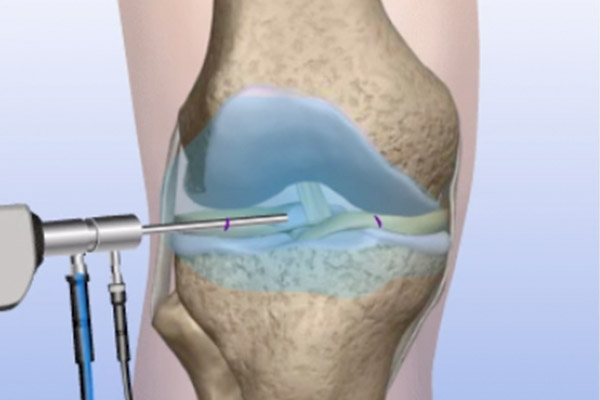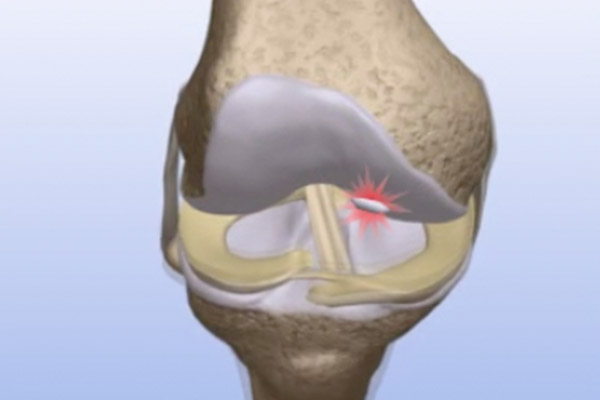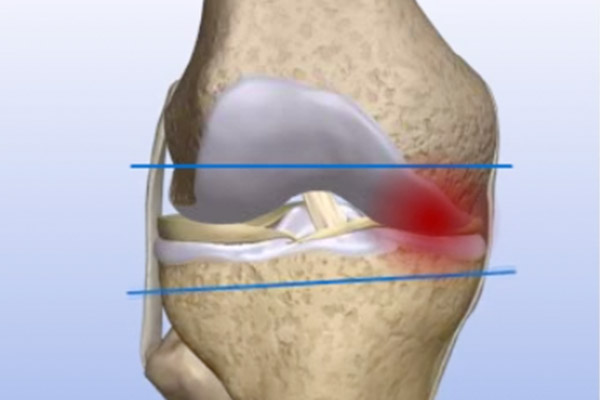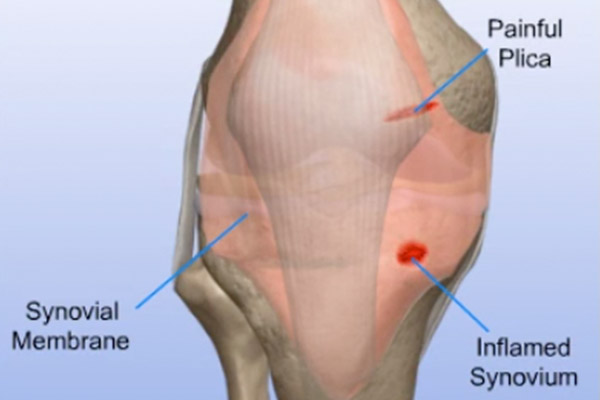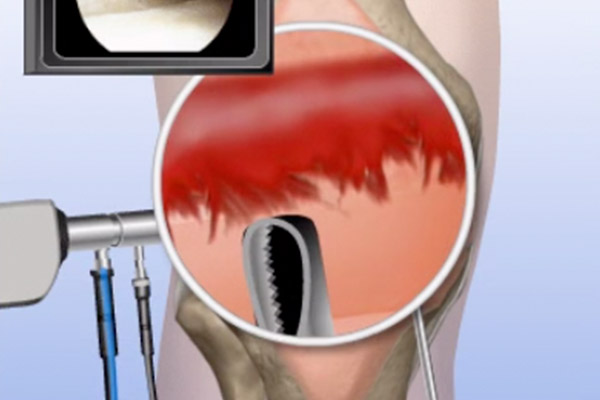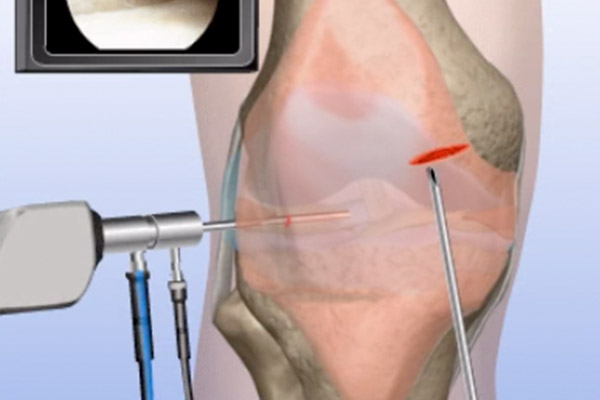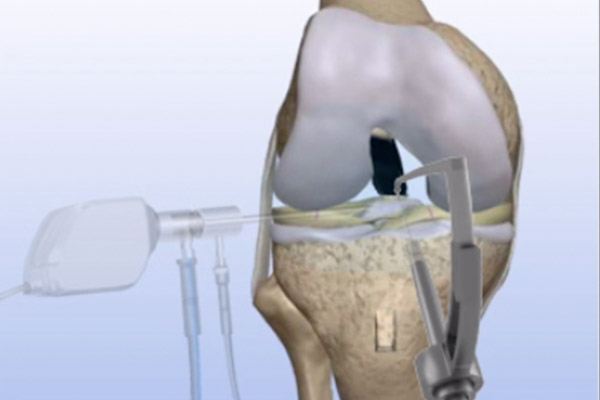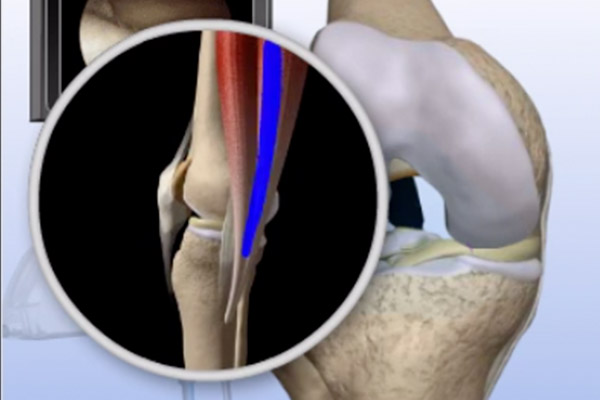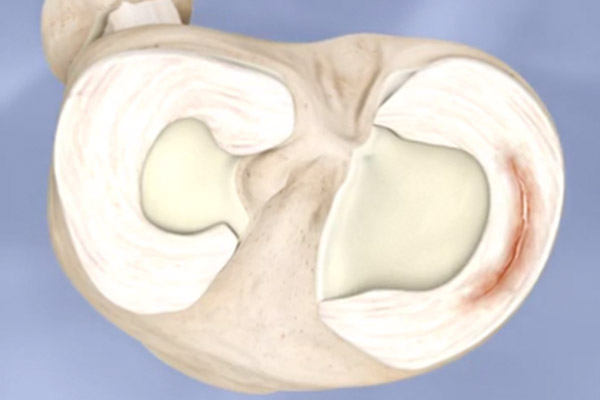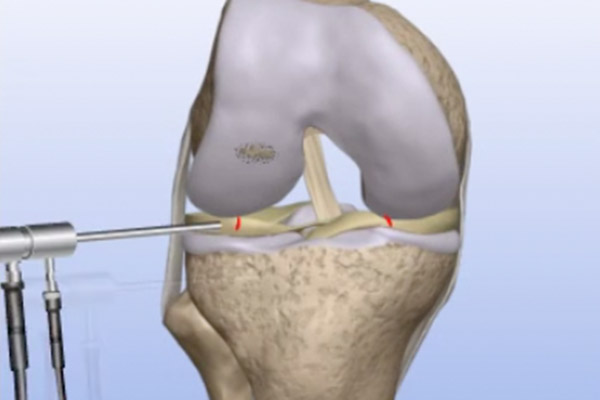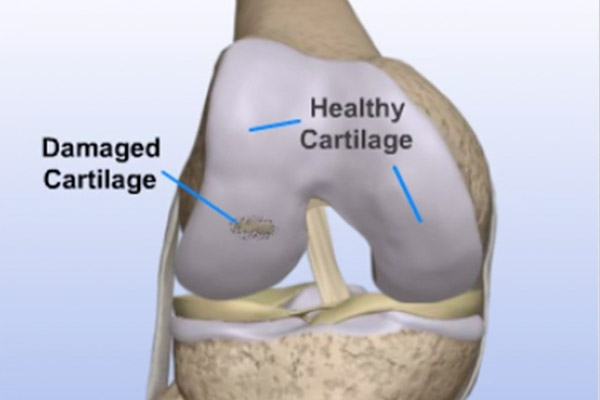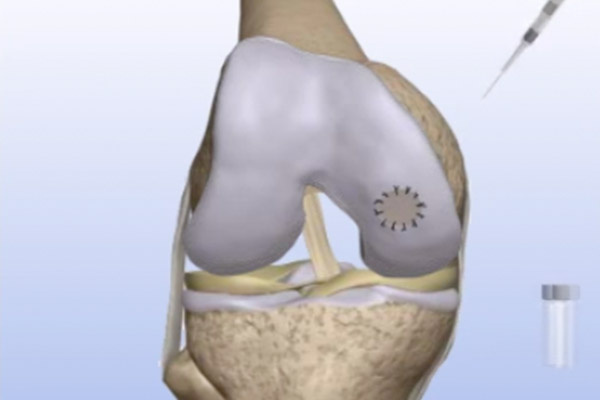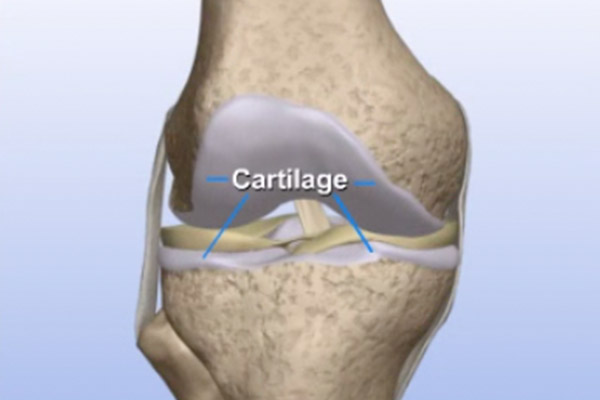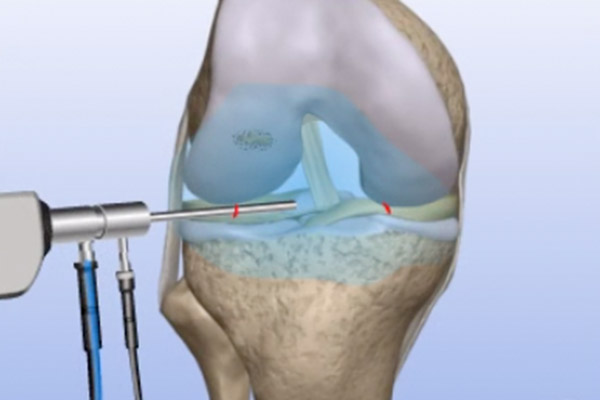
Overview
The knee is considered a hinge joint that is comprised of the femur (thigh bone), the tibia (shin bone), and the patella (kneecap). Proper function of this joint is critical in allowing a normal pattern of walking. The knee’s main purpose is to flex and extend with walking, but it also provides stability for twisting movements. This is particularly important in athletic activities.
Injuries
Acute injuries to the knee can result in tears of ligaments (ACL) or cartilage (meniscus). These acute injuries often cause significant pain and discomfort in the initial period after injury. However, these conditions can be successfully treated with non-surgical measures that restore normal knee function. If persistent pain or instability hinders a patient from pursuing their desired activities, minimally invasive procedures can be an option to improve the overall function of the joint.
Other sources of knee pain stem from degeneration of the joint, described as chondromalacia or arthritis. The smooth layer of cartilage that covers the ends of the bones experiences wear over time. This wear can affect different portions of the joint and manifest as pain with activity. Other sources of pain to the knee are blunt trauma (such as a fall to the knees), and overuse injuries that can result in chronic knee pain.

